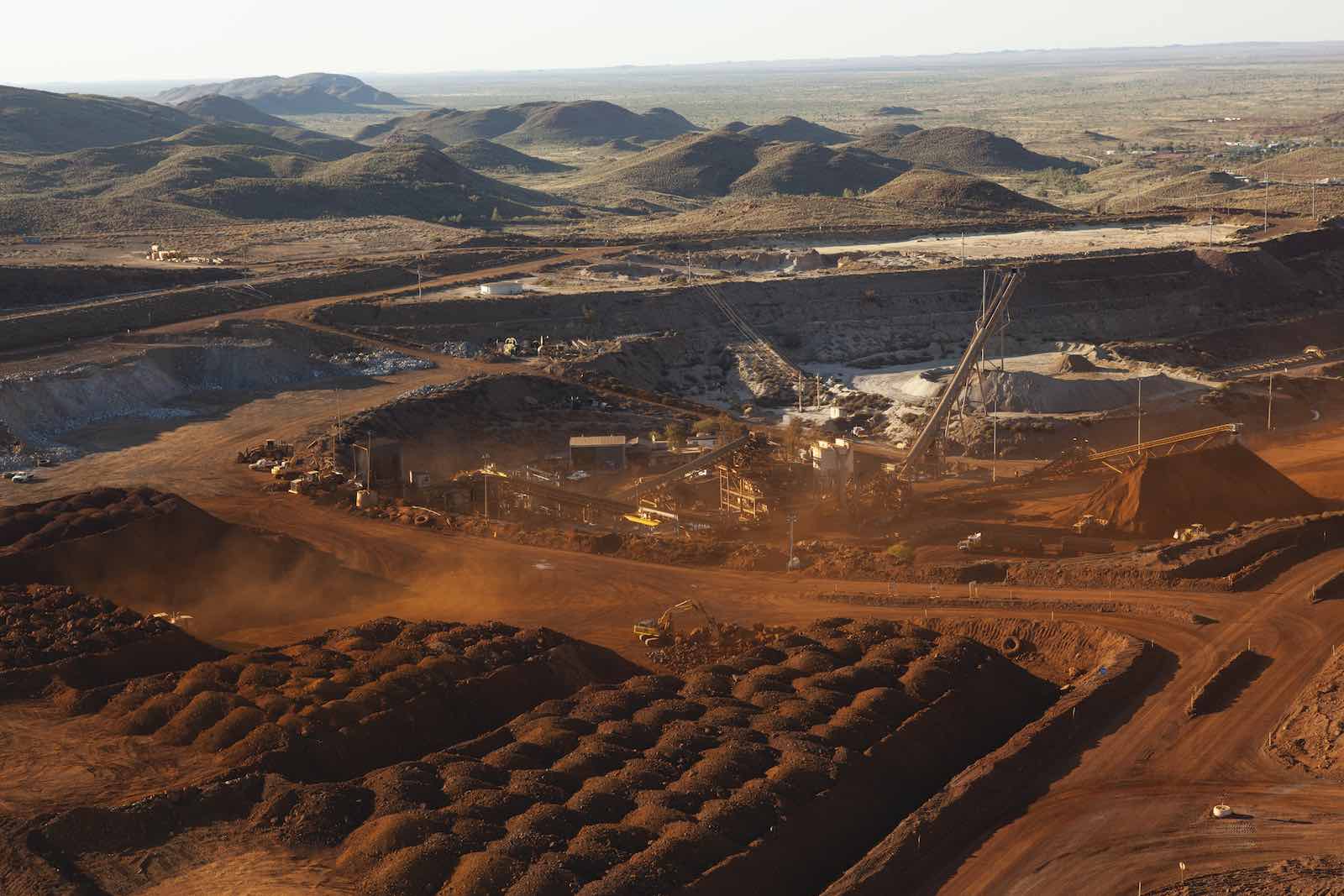
Mining is a crucial industry that extracts a wide range of minerals and resources from the earth. However, it is also an industry that is associated with a number of health risks, including the inhalation of dust particles. In this article, we review the respiratory health risks associated with dust exposure in the mining industry and discuss current approaches to mitigating these risks.
Dust is a common byproduct of mining operations and can be inhaled by workers, potentially leading to respiratory health problems. The most common types of dust encountered in the mining industry are coal dust, silica dust, and metallic dust. Each of these types of dust can have different health impacts, and it is important to understand the specific properties and hazards of each. Airborne dust is prevalent as a result of the following activities:
Coal dust is a common byproduct of coal mining and can cause a range of respiratory health problems, including coal workers’ pneumoconiosis (CWP), also known as black lung disease. CWP is caused by the inhalation of coal dust particles and can lead to inflammation and scarring of the lung tissue, leading to reduced lung function and an increased risk of respiratory infections and lung cancer. In recent years, there have been concerns about a resurgence of black lung disease in the mining industry. According to the National Institute for Occupational Safety and Health (NIOSH), the incidence of the disease has been increasing in recent years, with a significant increase in the number of cases among younger miners. In 2019, NIOSH reported that the overall prevalence of CWP among working coal miners was 2.1%, with the highest prevalence among those who had worked in the industry for 25 years or more.
Silica dust is a common byproduct of mining operations that can be inhaled by workers, potentially leading to respiratory health problems. Silica is a naturally occurring mineral that is found in sand, rock, and other materials. It is a known carcinogen and can cause a condition called silicosis when inhaled. Silicosis is characterized by scarring of the lung tissue and reduced lung function, and it can also increase the risk of lung infections and lung cancer. Silica dust is encountered in a variety of mining operations, including metal and coal mining, as well as in the processing of materials such as sand and gravel. It can be generated during activities such as drilling, blasting, and crushing, and it can be present in the air as a fine dust or in the form of larger particles.
Metallic dusts, such as those containing iron, nickel, and cobalt, can also be inhaled during mining operations and can cause respiratory health problems. These dusts can cause irritation to the respiratory system and may also lead to the development of lung conditions such as metal fume fever and metal pneumonitis.
To mitigate the respiratory health risks associated with dust exposure in the mining industry, a range of measures can be taken. These include the use of personal protective equipment such as respirators, the implementation of engineering controls to reduce dust levels in the workplace, and the development of safety procedures and training programs to educate workers about the hazards of dust exposure.
Strategies that can be implemented in the mining industry to reduce airborne dust:
Overall, a combination of these strategies can be effective in reducing airborne dust in the mining industry and protecting the health of workers.
In conclusion, dust exposure in the mining industry presents a significant risk to respiratory health. It is important for mining companies to implement appropriate control measures to reduce dust levels and protect the health of their workers. Further research is also needed to better understand the specific health impacts of different types of dust and to develop more effective interventions to mitigate these risks.
Your feedback is important to us. If you enjoyed reading this Global Road Technology industry update and found it informative, please let us know by leaving a REVIEW.
Are environmental regulations, health and safety concerns or potential profit loss a concern right now?
Contact Us Now